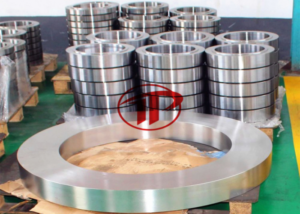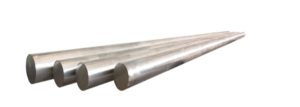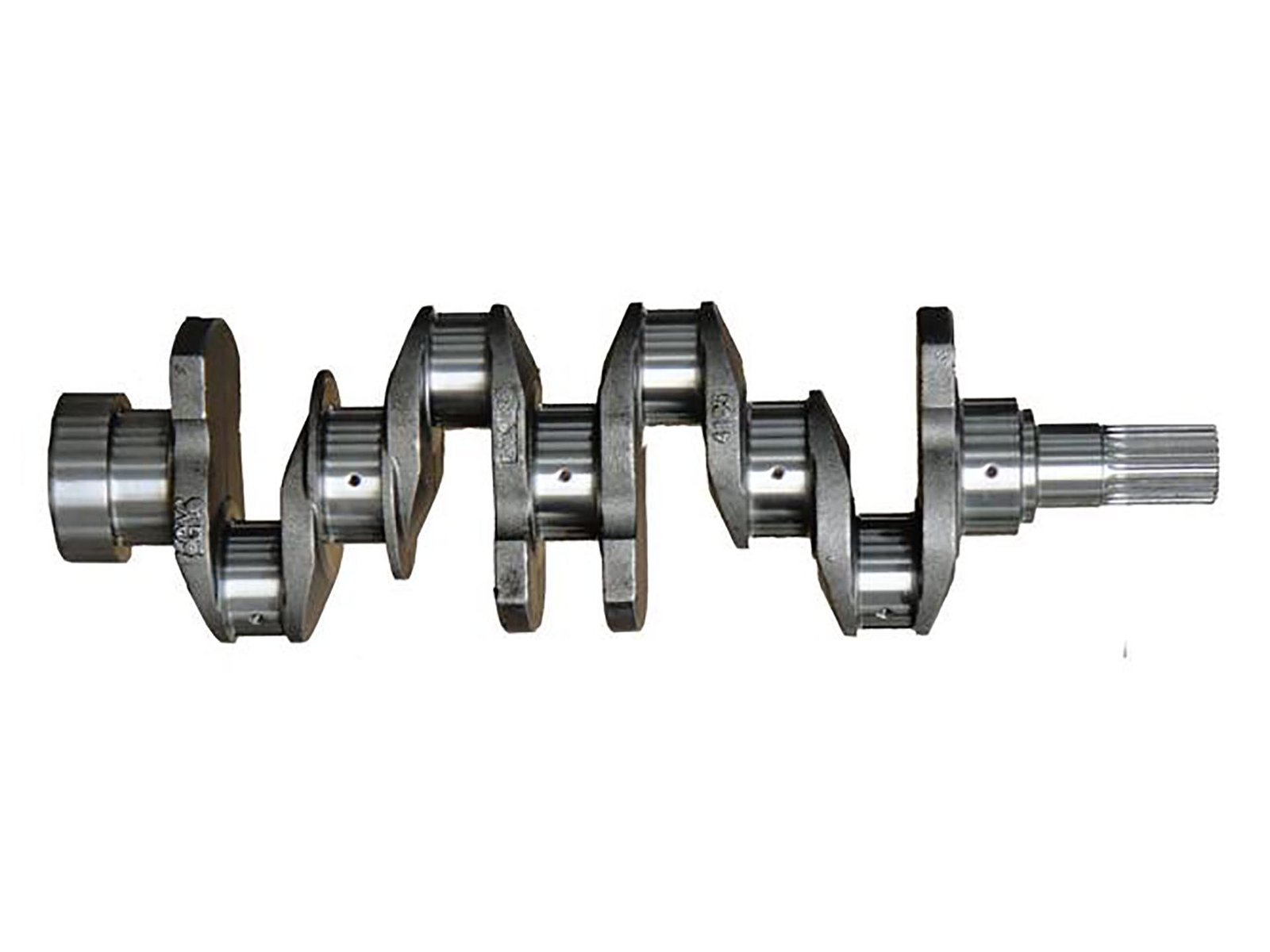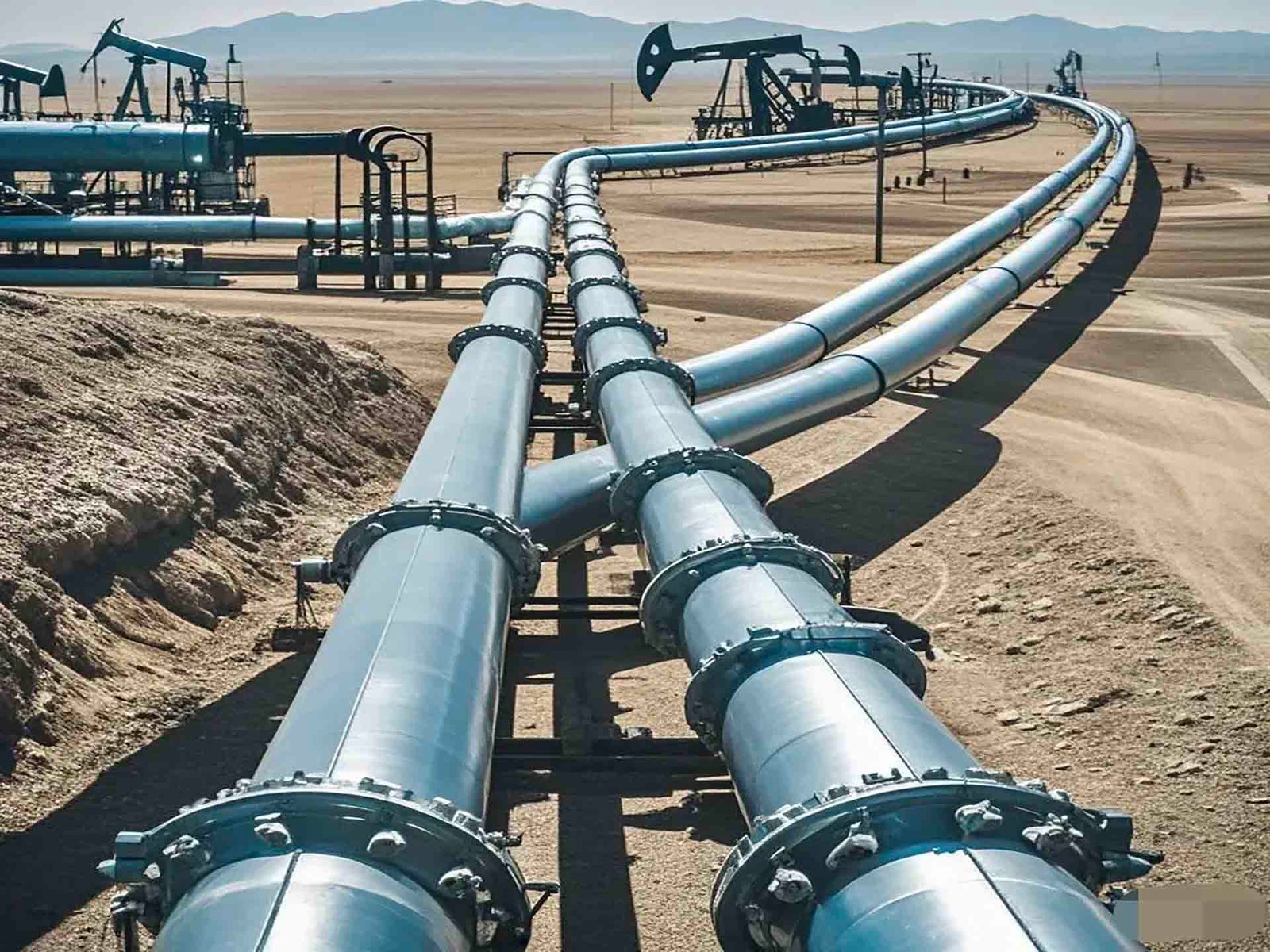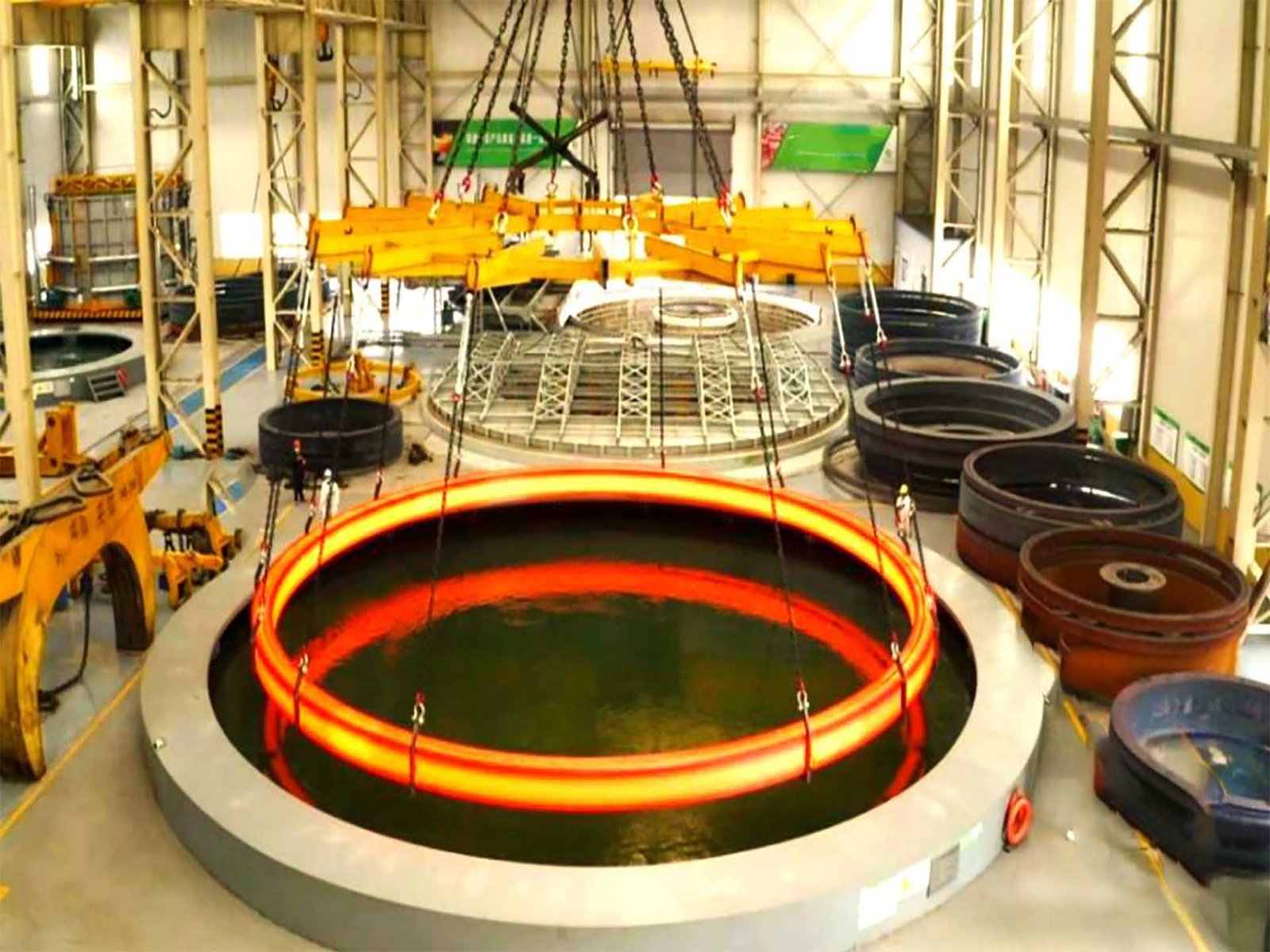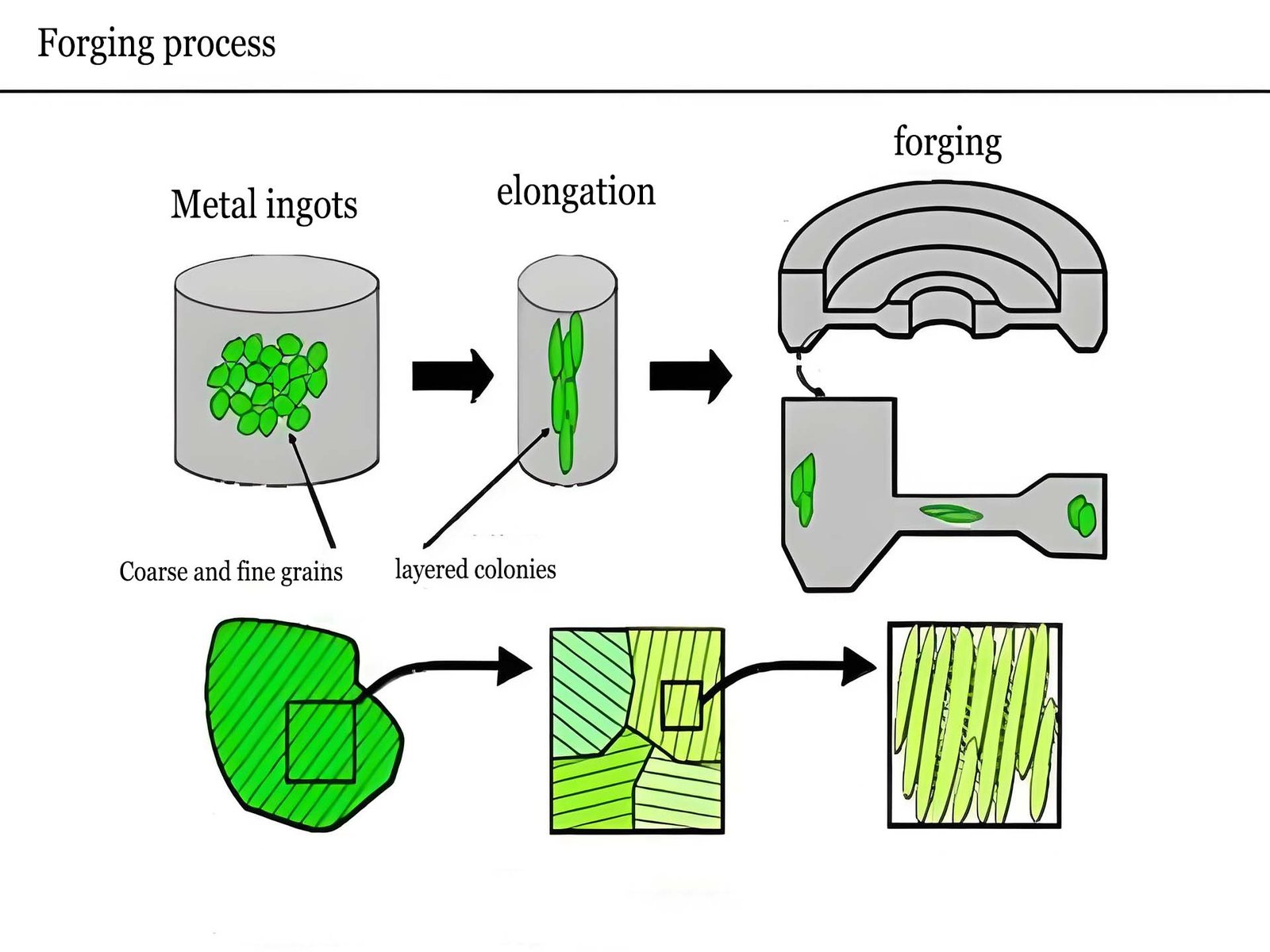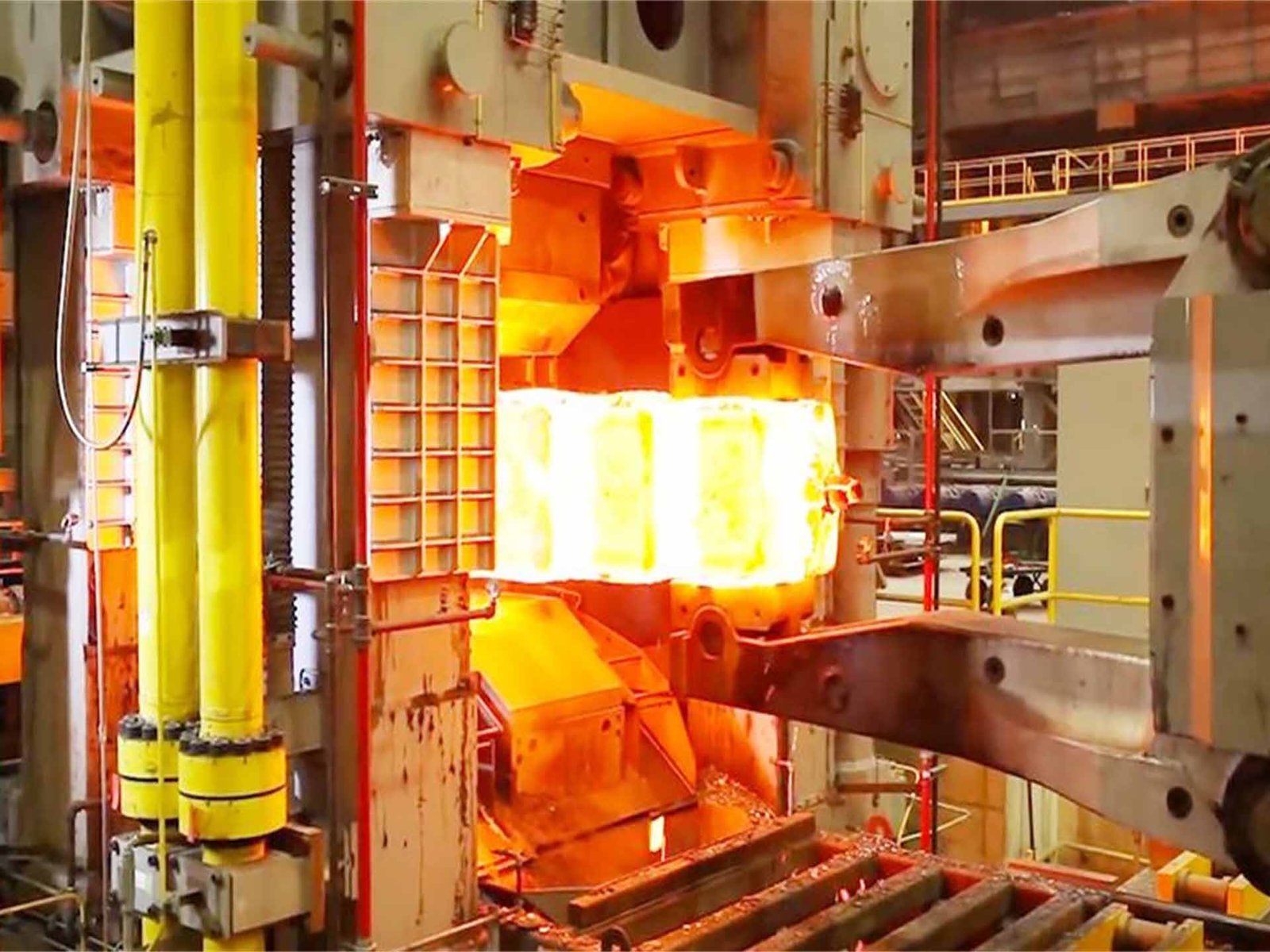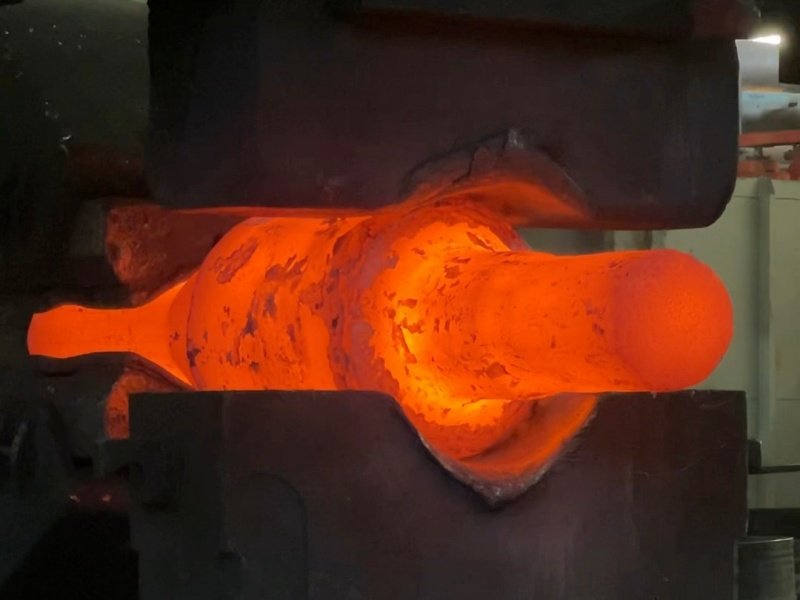
What is Cold Forging?
Cold forging is a steel forming technique the place metallic is formed at or close to room temperature the use of excessive pressure. Unlike warm forging, bloodless forging does now not contain heating the fabric earlier than deformation, which makes it perfect for accomplishing excessive dimensional accuracy and incredible floor finish.
Cold Forging vs. Hot Forging
Cold Forging: Done at room temperature. Results in improved strength due to work hardening.
Hot Forging: Done at elevated temperatures. Allows greater material flexibility but lower precision.
Cold forging is often used when tight tolerances and surface finish are critical.
How the Cold Forging Process Works
Step 1: Material Selection & Preparation
Choosing the right material is crucial. The material is typically cleaned, cut into slugs, and inspected for surface defects.
Step 2: Lubrication and Die Setup
Lubricants like zinc phosphate coatings or oil-based films are applied to reduce friction and protect dies. Dies are carefully aligned and precision-ground.
Step 3: Deformation at Room Temperature
A high-tonnage press applies extreme pressure to deform the metal slug into the desired shape — all without heating. The process may involve extrusion, upsetting, or coining.
Step 4: Final Shaping & Precision Finishing
Secondary operations like trimming, piercing, or polishing are used to achieve exact tolerances and surface finishes.

Common Equipment Used in Cold Forging
Mechanical presses
Hydraulic presses
High-speed forging machines
Automated feeding systems
Benefits of Cold Forging
Superior Surface Finish and Dimensional Accuracy
Cold forging eliminates scale formation and delivers smoother surfaces — often without needing additional machining.
Increased Mechanical Strength
Work hardening during deformation enhances hardness, fatigue resistance, and tensile strength.
Material Efficiency & Cost Reduction
Minimal waste is generated; near-net shaping reduces the need for excess stock and machining.
Higher Production Speeds
Cold forging is ideal for mass production — faster cycle times and high repeatability.
Sustainability & Environmental Impact
No heating means lower energy consumption
Fewer emissions
Less material waste
Materials Commonly Used in Cold Forging
Popular Cold Forging Metals
Carbon steel (e.g., AISI 1010, 1045)
Alloy steel (e.g., 4140, 8620)
Aluminum and aluminum alloys
Copper and brass
Why These Materials Work Best
These metals exhibit good ductility and formability at room temperature, making them ideal for cold deformation.
Material Selection Tips
Consider hardness and yield strength
Evaluate formability at room temperature
Match material to product function and industry standards



Applications of Cold Forging in Modern Industries
Automotive Components
Bolts, nuts, shafts, gears
High-volume production with tight tolerances
Aerospace Fasteners and Connectors
Rivets, pins, bushings
Requires strong, lightweight, and fatigue-resistant parts
Electronics, Tools, and Medical Devices
Precision connectors, surgical tools, small housings
Cold Forging Challenges and Solutions
Die Wear & Maintenance
Solution: Use of advanced die materials and coatings; regular inspection and regrinding schedules.
Limitations with Complex Shapes
Solution: Combine cold forging with secondary processes like machining or hot forging preforms.
Work Hardening Issues
Solution: Use intermediate annealing if necessary; select materials that balance strength and ductility.
Post-Forging Requirements
Heat treatments (if needed for specific mechanical properties)
Surface finishing (coating, plating)
Summary & Key Takeaways
Cold Forging Process at a Glance
A cost-effective, high-precision forming technique
Enhances mechanical properties
Suitable for medium-to-high production volumes
Is Cold Forging Right for Your Application?
Evaluate:
Required tolerances
Mechanical strength needs
Production scale
Material compatibility
Need help deciding? Our team can guide you through material selection and process design.
FAQs: Cold Forging
What temperature is cold forging performed at?
Typically at room temperature, usually below 100°C. True “cold forging” avoids heating beyond material softening thresholds.
Can stainless steel be cold forged?
Yes. Austenitic stainless steels (e.g., 304, 316) can be cold forged, though higher pressures are required.
How does cold forging save production costs?
Less material waste
Fewer machining steps
Faster production cycles
Is post-forging heat treatment required?
Sometimes. It depends on desired mechanical properties — cold forging induces work hardening that may need stress relief or tempering.

